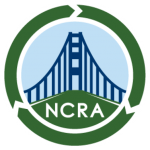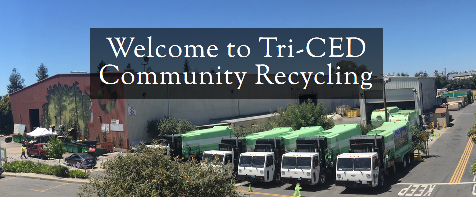San Francisco, November 12-13 and 14-15, Register, NCRA Discount Code: 889db508
Dr. Doug McKenzie-Mohr will be delivering introductory and advanced community-based social marketing training in San Francisco in November. These workshops will be of particular interest to agencies working to promote waste reduction, energy and water efficiency, conservation, sustainable food consumption, the control of invasive species, modal transportation changes and other sustainable actions.
Presenter: For over three decades Dr. McKenzie-Mohr has been working to incorporate scientific knowledge on behavior change into the design and delivery of community programs. He is the founder of community-based social marketing and the author of three books on the topic. One of these books has been recommended by Time Magazine and become requisite reading for those who deliver programs to protect the environment, promote public health and prevent injuries. His work has been featured in the New York Times and he is the recipient of the American Psychological Association’s inaugural award for innovation in environmental psychology and the World Social Marketing conference’s inaugural award for contributions to the field of social marketing. He has delivered workshops internationally for over 75,000 program managers
Introductory Workshop (November 12-13): The two-day introductory workshop provides a comprehensive introduction to community-based social marketing and how it is being applied throughout the world to foster behavior change. Those who attend the workshop will learn the five steps of community-based social marketing (selecting behaviors, identifying barriers, developing strategies, conducting pilots, and broad scale implementation) and be exposed to numerous case studies illustrating its use. Participants will receive a copy of the third edition of “An Introduction to Community-Based Social Marketing.” The introductory workshop is a mandatory prerequisite for the advanced workshop.
Advanced Workshop (Nov. 14 – 15): The two-day advanced workshop provides an in-depth exploration of how community-based social marketing can be used to foster behavioral changes and provides attendees the opportunity to apply this approach to their own programs. Building on the introductory workshop, participants will be exposed to advanced topics regarding fostering behavioral changes, with a particular focus on the formation of habits that protect the environment or foster public health and safety; accurately determining the barriers to a behavioral change; and program evaluation and determining return on investment. The workshop also addresses the effective use of social media, apps and websites. Participants will also be coached in making community-based social marketing presentations to their agency or community and will receive PowerPoint and Keynote presentations for this purpose. This workshop is restricted to individuals who have previously attended Dr. McKenzie-Mohr’s introductory workshop. If you have not yet attended an introductory workshop, reduced rates are available for attending both sessions.
Group Bookings
For groups of five or more the reduction is $75 per person. These reduced rates are in addition to our early bird rates and the 10% reduction if someone registers for both the introductory and advanced workshop.

